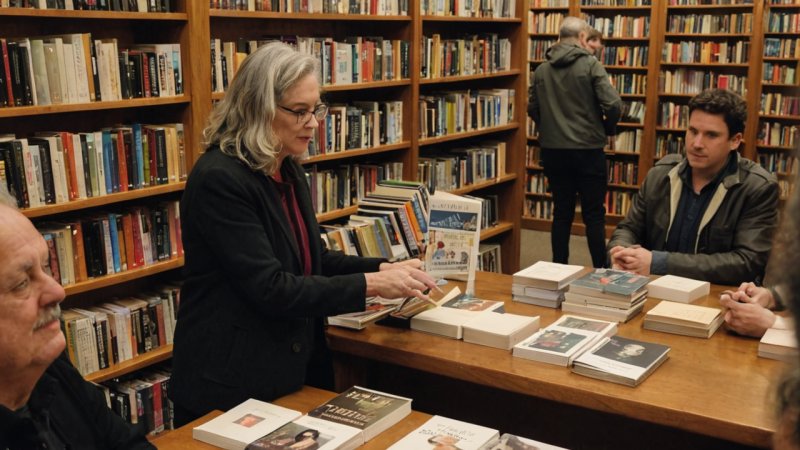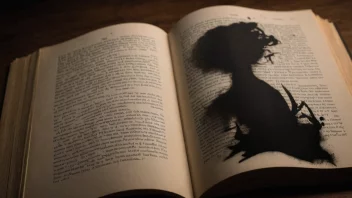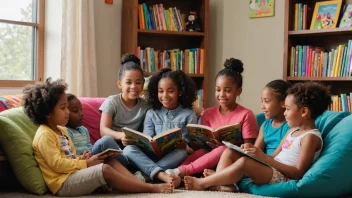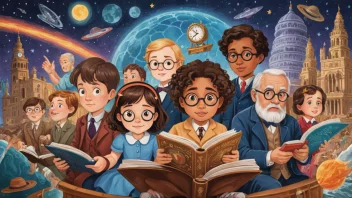In the ever-evolving landscape of literature and publishing, the dynamics of how books reach bestseller status continue to captivate authors, publishers, and readers alike. One of the most influential factors in this equation is the author tour—a series of promotional events where authors engage with their readership through readings, signings, and discussions. While the primary goal of these tours is to build an audience and connect with fans, the ripple effect they create can significantly influence a book’s sales trajectory and its position on bestseller lists. This article delves into the multifaceted impact of author tours on bestseller rankings, examining how they function as a marketing strategy, the role of social media, and the psychological effects on readers and potential buyers.
The Marketing Strategy Behind Author Tours
Author tours are not a new phenomenon; they have been a staple in the book promotion toolkit for decades. However, their effectiveness as a marketing strategy has evolved alongside changes in consumer behavior and technology. Traditionally, these tours involved traveling to bookstores, libraries, and literary festivals to perform readings and engage with audiences. The direct interaction fosters a sense of connection and personal investment in the author's work, which can lead to increased sales.
According to marketing experts, author tours can create a buzz around a new release, driving pre-orders and first-week sales that are crucial for climbing bestseller lists. When an author visits a city, local media coverage often follows, boosting visibility. Furthermore, the excitement generated during these events can result in spontaneous purchases by attendees who may not have planned to buy the book at all. This phenomenon often leads to a significant spike in sales, particularly in the days immediately following the tour stop.
The Role of Social Media in Amplifying Tours
In the digital era, the impact of author tours is magnified by social media platforms. Authors are now able to engage with their audience not just in person but also through live tweets, Instagram stories, and Facebook posts. These platforms provide an immediate outlet for sharing experiences, photos, and quotes from the events, which can resonate with followers who may not have been able to attend.
When fans share their experiences on social media, they inadvertently create a ripple effect, drawing in more potential readers. A tweet about an inspiring reading or a captivating signing can go viral, leading to increased interest in the book. This digital word-of-mouth marketing can be just as powerful as traditional advertising, if not more so, allowing books to reach broader audiences quickly.
The Psychological Effects on Readers
Psychology plays a pivotal role in how readers perceive authors and their work. When readers meet an author, they often feel a deeper connection to the book. This emotional investment can alter their buying decisions, as they may feel compelled to support the author they admire. The phenomenon known as the "mere exposure effect" suggests that people tend to develop a preference for things simply because they are familiar with them. Author tours capitalize on this effect, creating familiarity and affinity that can lead to increased sales.
Moreover, the experience of attending an author event often becomes a memorable social occasion, shared with friends and fellow book lovers. This communal aspect of book culture not only reinforces the act of purchasing the book but also encourages attendees to promote it within their social circles, further amplifying sales.
Case Studies: Notable Author Tours and Their Outcomes
Examining specific author tours can provide insight into how they affect bestseller rankings. For instance, J.K. Rowling’s book tours for the Harry Potter series were monumental events that not only sold out venues but also generated significant media coverage. The palpable excitement surrounding her appearances often led to spikes in book sales, particularly for new releases in the series.
Another example is Michelle Obama’s tour for her memoir, "Becoming." The combination of her celebrity status and the intimate nature of her presentations created an undeniable buzz, resulting in record-breaking sales and an extended presence on bestseller lists. These case studies highlight that while not every tour will guarantee a spot on the bestseller list, successful tours often share common elements of strong media engagement, an enthusiastic fan base, and a compelling narrative that resonates with readers.
The Future of Author Tours in a Digital Age
The future of author tours is likely to see a blend of traditional in-person events and innovative digital experiences. Virtual book tours have gained popularity, allowing authors to reach global audiences without the constraints of travel. These online events can be just as effective in engaging readers, with platforms like Zoom offering interactive experiences that mimic the intimacy of in-person gatherings.
As the publishing industry continues to adapt to changing reader habits, the integration of technology into author tours will likely play a significant role in shaping how books are marketed and sold. Authors may incorporate augmented reality experiences, live Q&A sessions, or virtual reality book signings to enhance engagement and reach a broader audience.
Conclusion
In conclusion, author tours remain a powerful tool in the marketing arsenal of the publishing industry. Their impact on bestseller rankings is profound, driven by direct engagement, social media influence, and psychological connections formed between authors and readers. While the landscape of book promotion is continually evolving, the fundamental goal remains the same: to foster a love of reading and connect authors with their audiences. As we look to the future, it’s clear that author tours will continue to adapt and thrive, playing an integral role in the journey of books from the shelves to the hearts of readers.






